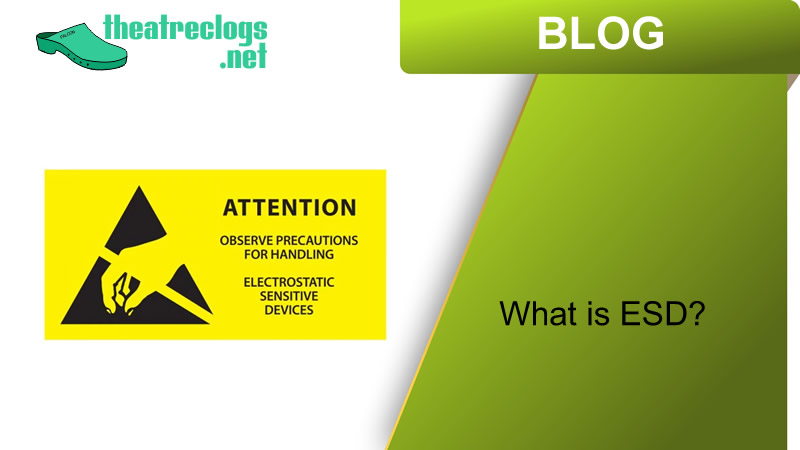
Have you ever shuffled across a carpet and then felt a sudden “zap” when you touched a doorknob? Or seen your hair stand on end after pulling off a sweater? That’s static electricity at work. While often harmless and even amusing in everyday life, this invisible force can be a serious threat in many professional environments, particularly in electronics manufacturing, healthcare, and sensitive industrial settings. The sudden, uncontrolled release of this built-up static electricity is known as Electrostatic Discharge (ESD).
But what exactly is ESD, and why do industries go to such great lengths to prevent it? Let’s dive into the details.
The Science Behind the “Zap”: How ESD Occurs
ESD happens when two objects with different electrical potentials come into contact, or get close enough for the static charge to jump. Here’s a breakdown of how it works:
- Charge Generation (Tribocharging): This is the most common way static electricity is created. When two materials rub together or separate (like shoes on a floor, clothes rubbing against skin, or even unwrapping a plastic bag), electrons can transfer from one surface to the other. This leaves one object with a net positive charge and the other with a net negative charge.
- Charge Accumulation: If the charged object is an insulator (meaning electricity can’t easily flow through it), the charge will build up on its surface because it has nowhere to go. This can happen on a person’s body, on plastic tools, or on certain types of flooring.
- Discharge: When this highly charged object (or person) touches, or comes very close to, another object with a different electrical potential (especially a grounded or less-charged object), the accumulated electrons rapidly transfer to equalize the potential. This rapid transfer is the Electrostatic Discharge (ESD). It can manifest as a visible spark, an audible crackle, or often, nothing at all – yet still cause damage.
Why ESD is a Major Concern: The Hidden Dangers
While a small shock to you might be harmless, ESD can have devastating consequences for sensitive equipment and processes:
- Damage to Electronics: This is arguably the most common and costly impact of ESD. Modern electronic components (microchips, circuit boards, memory) are incredibly tiny and operate on very low voltages. Even a discharge that’s imperceptible to humans (as low as 20-30 volts) can completely destroy or subtly degrade these components. A degraded component might not fail immediately but could lead to intermittent problems or premature product failure, causing significant warranty costs and reputational damage.
- Ignition of Flammable Substances: In environments handling flammable liquids, gases, or dusts (like in chemical plants, paint booths, or even some older operating rooms), a static spark can provide the ignition energy needed to cause a fire or explosion.
- Product Contamination: In cleanroom environments (e.g., pharmaceutical, medical device, semiconductor manufacturing), static charges can attract dust and other airborne particles. These particles can then stick to sensitive products, causing contamination that compromises quality or functionality.
- Interference with Operations: ESD can cause electromagnetic interference (EMI) that disrupts the proper functioning of electronic equipment, leading to data errors, system crashes, or inaccurate readings.
- Personnel Discomfort: While not as damaging, repeated static shocks can be uncomfortable and distracting for workers, potentially affecting their focus and productivity.
Preventing ESD: The Role of ESD Control Measures
Given these risks, industries with ESD-sensitive environments implement comprehensive ESD control programs. These programs often involve a combination of measures:
- Grounding: Ensuring personnel and equipment are properly grounded so static charges can safely dissipate. This includes anti-static footwear (like clogs, shoes, or straps), ESD-safe flooring, and grounded workstations.
- ESD-Safe Materials: Using materials that are static-dissipative or conductive for tools, packaging, work surfaces, and clothing (e.g., ESD-safe mats, bins, bags, and lab coats).
- Humidification: Controlling humidity levels, as higher humidity can help dissipate static charges more easily.
- Ionization: Using ionizers to neutralize charges on insulative materials that cannot be grounded.
- Training: Educating personnel about ESD risks and proper handling procedures.
ESD might be invisible, but its potential impact is very real. Understanding what it is and implementing effective control measures, including appropriate anti-static footwear, is crucial for protecting sensitive products, ensuring operational safety, and maintaining a high standard of quality in many modern industries.






